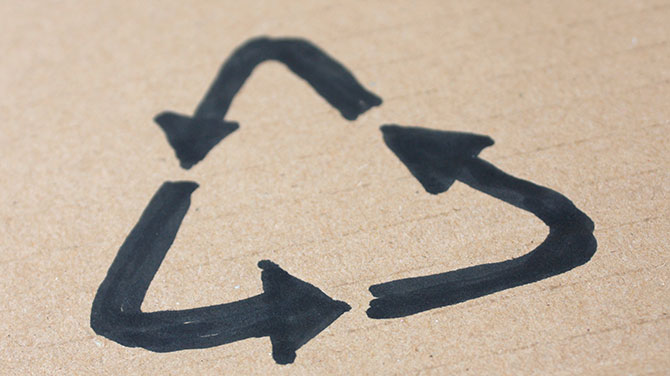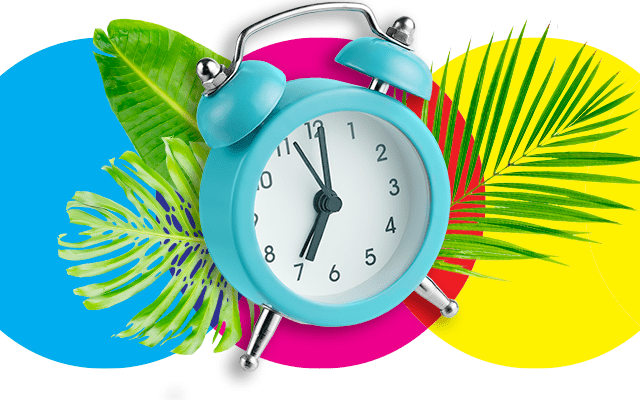All other features being equal, a recyclable product has a better chance of success than one that isn’t. Packaging plays an important role in the customer’s perception of environmental friendliness. Here are the three main characteristics your packaging will need to be considered recyclable.
1. Acceptable materials
There has been much progress in the development of recyclable packaging materials in recent years. Customers are demanding them and manufacturers are heeding the call.
Aluminum and glass
Both these materials are highly recyclable. Aluminum is recycled at a rate of 54.5% and also contains an average of 70% recycled material. Glass is recycled at a rate of 41.3% and contains an average of 23% of recycled material. Both are excellent choices.
Paper and cardboard
Paper and cardboard are not only naturally recyclable; they can now also include a percentage of recycled post-consumer or post production wastes. They can also be responsibly sourced and certified (FSC). Here at IMS we can provide certified sustainable labels that are carefully chosen based on readability and durability.
Carton
Cartons for refrigerated products like milk and juice are increasingly recyclable and accepted into recycling programs but not yet widely recycled. They typically contain paper and plastic (polyethylene). There are also more complex “shelf-stable” cartons, which contain aluminum film. Although they can’t have the recycling logo on them yet, these types of products are expected to become widely recycled in the near future.
Plastic
This is the material that first comes to mind when considering a packaging’s environmental impact. According to the American Chemistry Council There are six different types of plastics that make up at least 95% the plastic used in today’s packaging
- Low-Density Polyethylene (LDPE)
One of the original types of plastic used in packaging, it is recyclable.
- High-Density Polyethylene (HDPE)
Like an improved version of LDPE it is easier to recycle and has a wider variety of post- consumer uses.
- Polypropylene (PP)
Recyclable. It is also the single most used plastic packaging material in the USA
- Polyvinyl Chloride (PVC)
Ideal for recycling due to chemical properties, allowing it to be easily broken down and reformed. It is considered dangerous for human health, though.
- Polystyrene (PS)
Difficult to recycle and can leach chemicals. Also considered unhealthy.
- Expanded Polystyrene (EPS)
Recyclable, it is also hygienic and suitable for food packaging
- Polyethylene Terephthalate (PET)
Recyclable and used mostly for water bottles
2. Recycling Programs
In the USA, one of the key factors for packaging to be considered recyclable is the wide availability of a recycling program for its materials.
For the US Federal Trade commission, a material can only be considered “recyclable” if there is a strong likelihood that it will be recycled. This is why PVC and PS plastics, as well as cartons can’t carry the recycling logo there.
In Canada, claims like “Recyclable where facilities exist” are discouraged. The Canadian government encourages the manufacturer to identify the recycling programs that the packaging is compliant with, and where the materials should be recycled.
3. Clear recycling information for the consumer
Finally, the customer must be able to quickly and easily understand how to recycle the packaging. This requires clearly laid out information. How2Recycle is an identification program that does an excellent job of helping manufacturers with this challenge
Of course, recycling information is only part of a packaging’s overall content. It’s nature and placement will depend on the emphasis you want to give it. If you are developing packaging, contact an expert to help you through this process.







